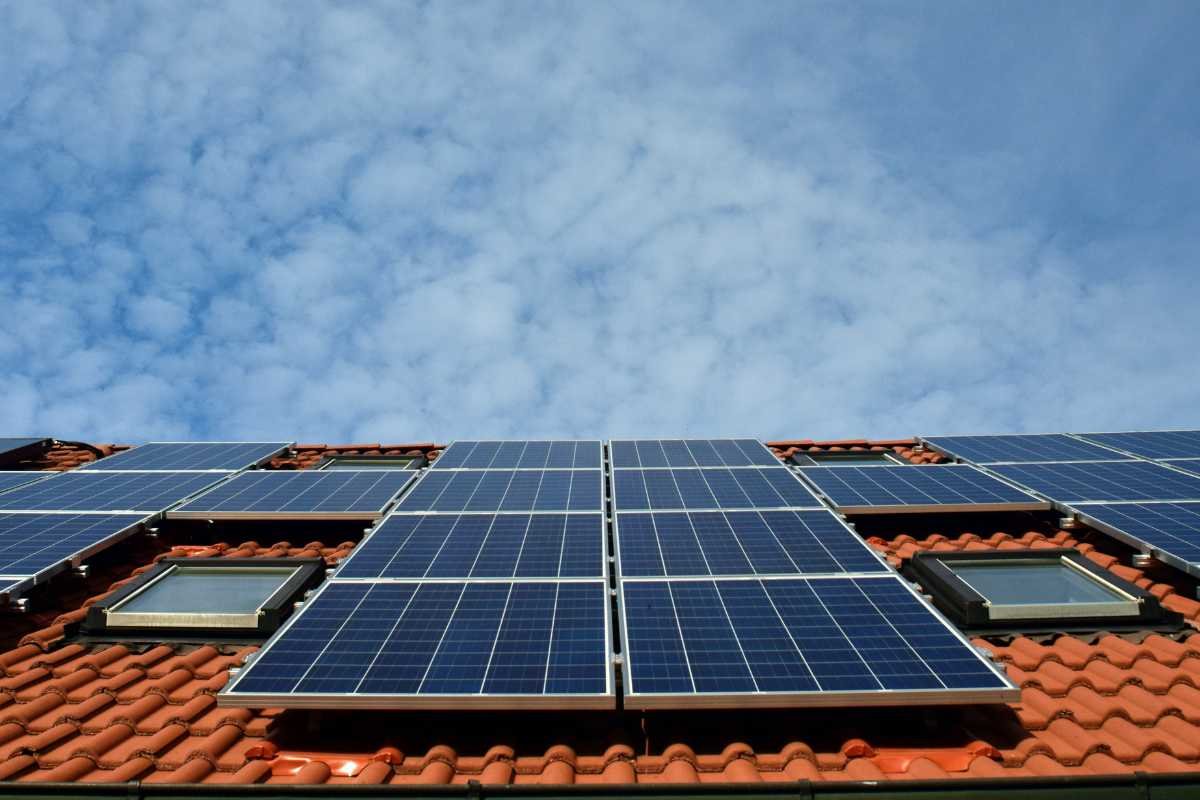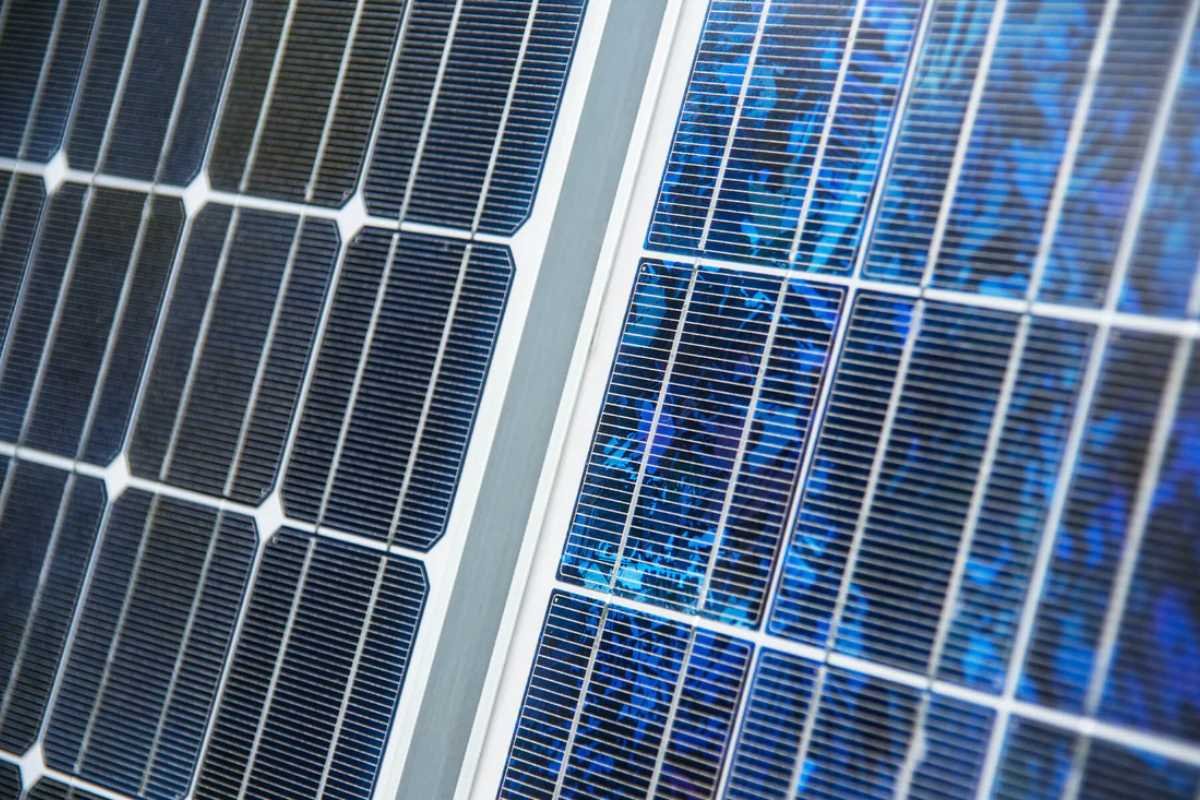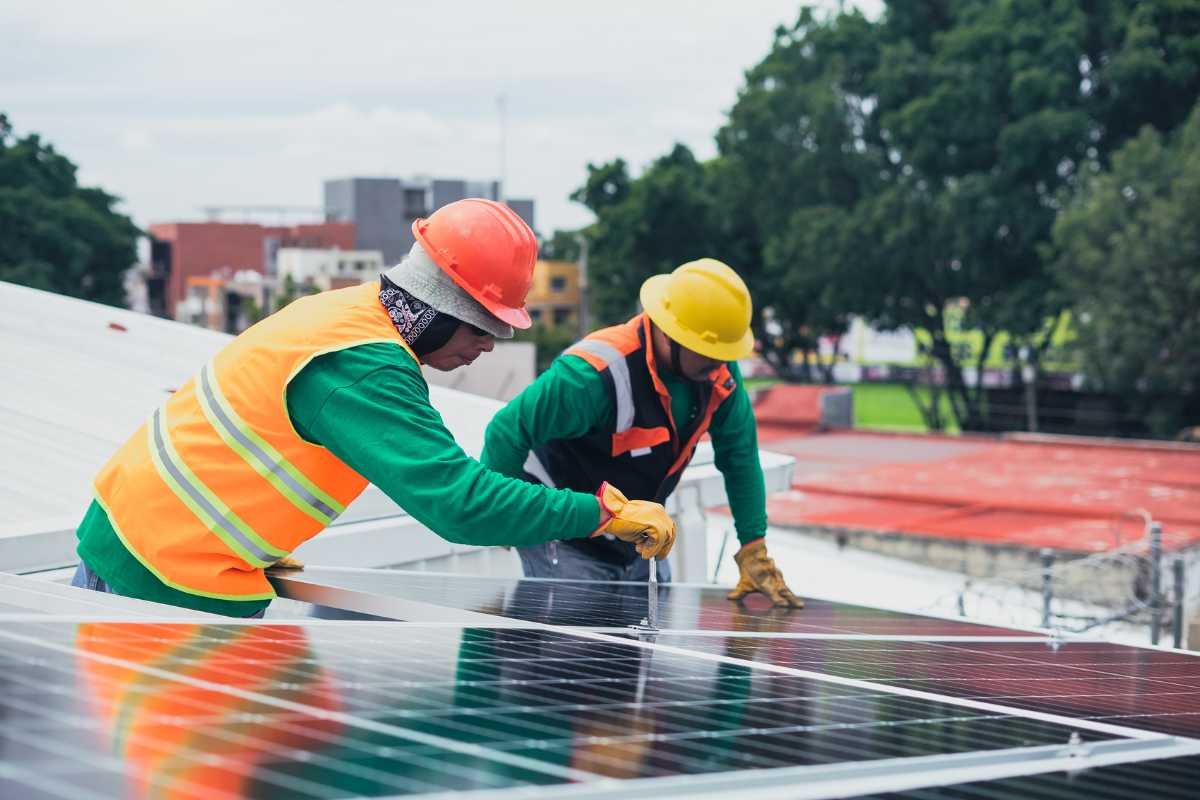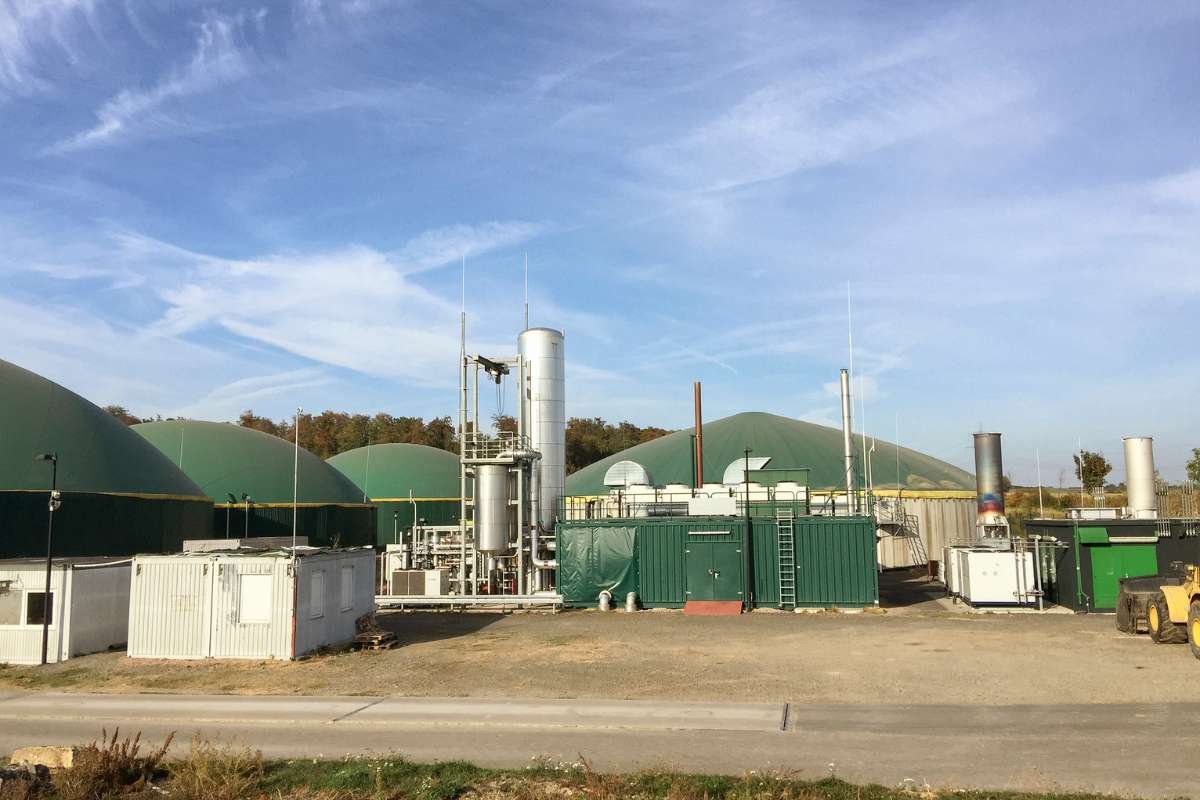Types of Solar Panels: A Complete Guide for Energy Efficiency
Types of Solar Panels: A Complete Guide for Energy Efficiency
Blog Article

Latest News
- Source: Image by ulleo from pixabay
The climatic change is unpredictable, and so is the rising price when it comes to electricity. To fight this problem, solar energy comes into the role. Solar panels have become the choice for homeowners, businesses, and governments. The idea of installing solar panels is using a renewable source of energy with many benefits. There are different Types of solar panels available in the market. Every type of solar panel has different advantages, limitations, and applications. Choosing the correct type of solar panel needs understanding. In this article, we will explore the most common Types of solar panels, their requirement, and points to consider while choosing the correct solar panel.
Why Solar Panels Matter?
Before diving into the various Types of Solar Panels, it’s important to understand their core function. Solar panels convert sunlight into electricity using photovoltaic (PV) cells. The efficiency, cost, durability, and aesthetics of these panels vary based on their material and design.
Choosing the right solar panel can dramatically influence your energy savings, return on investment, and environmental impact.
1. Monocrystalline Solar Panels
Monocrystalline panels, also known as mono panels, are considered the most efficient and space-saving among all Types of Solar Panels.
Key Features:
- Made from a single continuous crystal structure.
- Typically black in appearance.
- Efficiency rates range from 17% to 22%.
- Longer lifespan, usually 25 years or more.
Advantages:
- High efficiency in limited space.
- Sleek appearance, blending well with rooftops.
- Performs well in low-light and high-temperature conditions.
Drawbacks:
- Higher initial cost compared to other panels.
Best For:
- Urban homes with limited roof space.
- Homeowners focused on long-term energy efficiency.
2. Polycrystalline Solar Panels

Key Features:
- Made from silicon fragments melted together.
- Typically blue in appearance.
- Efficiency rates range from 15% to 17%.
Advantages:
- Lower cost of production, making them more affordable.
- Easier to manufacture.
Drawbacks:
- Lower efficiency and power output.
- More space required to produce the same amount of energy as mono panels.
Best For:
- Larger roof areas.
- Budget-conscious consumers.
3. Thin-Film Solar Panels
Thin-film panels are lightweight, flexible, and easy to install, making them unique among the Types of Solar Panels.
Key Features:
- Made from a variety of materials, including cadmium telluride (CdTe), amorphous silicon (a-Si), or copper indium gallium selenide (CIGS).
- Uniform appearance with no visible grid lines.
Advantages:
- Lightweight and flexible, suitable for unconventional surfaces.
- Lower production costs.
- Performs better in shaded or low-light conditions.
Drawbacks:
- Shorter lifespan and lower efficiency (typically 10% to 13%).
- Requires more surface area.
Best For:
- Commercial buildings with large roofs.
- Portable solar applications (like solar backpacks and vehicles).
4. Passivated Emitter and Rear Cell (PERC) Panels
PERC panels are an upgraded version of monocrystalline or polycrystalline panels and are increasingly popular among the newer Types of Solar Panels.
Key Features:
- Incorporates a passivation layer that increases efficiency.
- More sunlight captured due to better light reflection.
Advantages:
- Higher efficiency without significantly increasing manufacturing costs.
- Performs better in low-light conditions.
Drawbacks:
- Still relatively new in the market, so long-term data is limited.
Best For:
- Residential and commercial projects looking for better performance.
5. Bifacial Solar Panels
Bifacial panels are designed to absorb sunlight from both the front and the back of the panel.
Key Features:
- Allows light reflection from surfaces like sand or white roofs to enhance energy absorption.
Advantages:
- Can generate more electricity from the same space.
- Longer lifespan due to durable glass-on-glass construction.
Drawbacks:
- Higher installation and upfront costs.
Best For:
- Installations with reflective surfaces.
- Solar farms and commercial projects.
Comparing the Types of Solar Panels
| Type | Efficiency | Cost | Best Use | Appearance |
| Monocrystalline | High (17–22%) | High | Limited space, premium homes | Black |
| Polycrystalline | Moderate (15–17%) | Moderate | Budget homes, larger roofs | Blue |
| Thin-Film | Low (10–13%) | Low | Commercial, flexible surfaces | Uniform black |
| PERC | High (18–23%) | Moderate | Enhanced performance needs | Varies |
| Bifacial | Very High | High | Reflective surfaces, solar farms | Transparent |
Factors to Consider When Choosing Solar Panels

1. Roof Size and Orientation
If you have limited roof space, go for higher-efficiency panels like monocrystalline or PERC.
2. Budget Constraints
Polycrystalline and thin-film panels are more cost-effective, but might require more surface area.
3. Aesthetics
If appearance matters, monocrystalline panels offer a more uniform and sleek look.
4. Energy Needs
Larger families or commercial setups may benefit from bifacial panels for higher energy output.
5. Climate
Thin-film panels and PERC panels perform better in high temperatures and cloudy conditions.
Emerging Trends in Solar Panel Technology
The solar industry continues to innovate, bringing new options to the table:
1. Building-Integrated Photovoltaics (BIPV)
These panels are embedded into the building structure itself, such as solar roof tiles.
2. Transparent Solar Panels
Still in the early stages, these can be integrated into windows and other transparent surfaces.
3. Perovskite Solar Cells
An exciting new material that could significantly boost efficiency and reduce costs. These may soon join the family of mainstream Types of Solar Panels.
Installation and Maintenance Tips

- Ensure panels are installed by certified professionals.
- Keep panels clean and free of debris.
- Regularly inspect for wear, damage, or efficiency drops.
Conclusion
Learning about the types of solar panels makes it easy to choose the correct solar panel. Each type—monocrystalline, polycrystalline, thin-film, PERC, and bifacial—has its strengths and ideal use cases. The choice can be made based on your space, budget, aesthetic preferences, and energy needs. With the increase in technology, more efficient and affordable solar panel options are expected. By choosing solar panels, we not only save on our bills but also take the initiative in creating an eco-friendly environment.
Did you find this article helpful? Visit more of our blogs! Business Viewpoint Magazine


